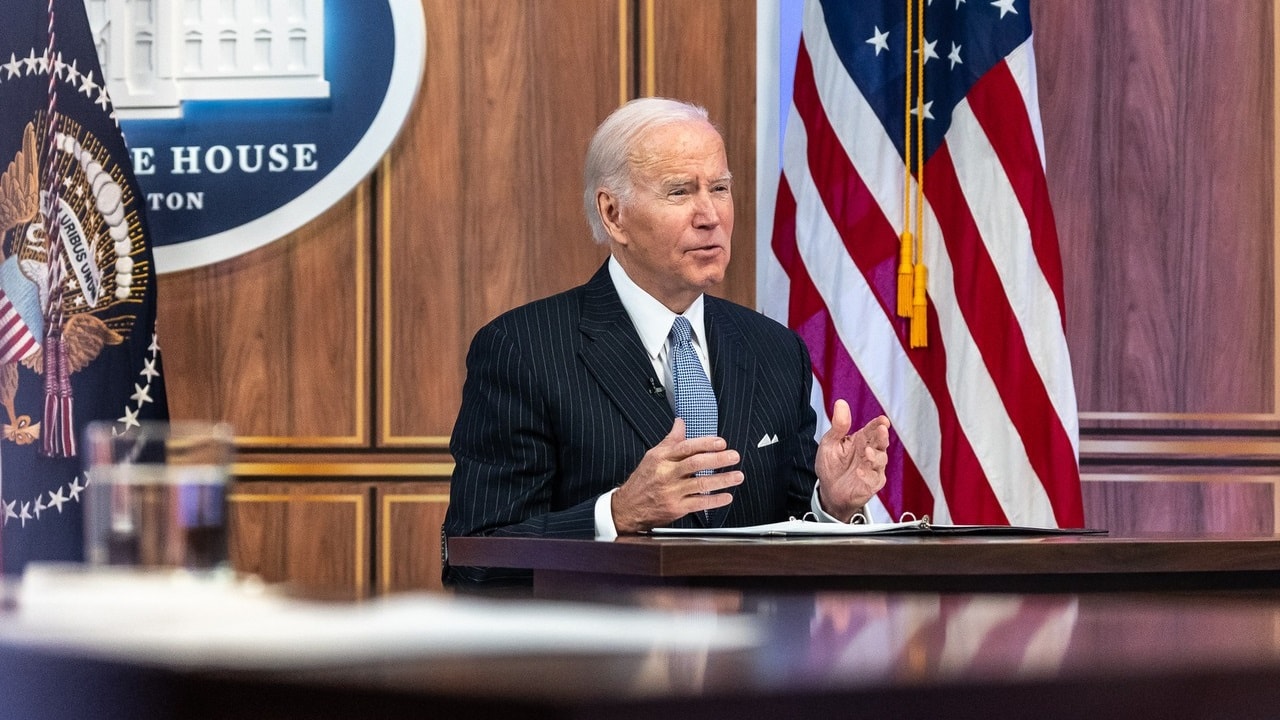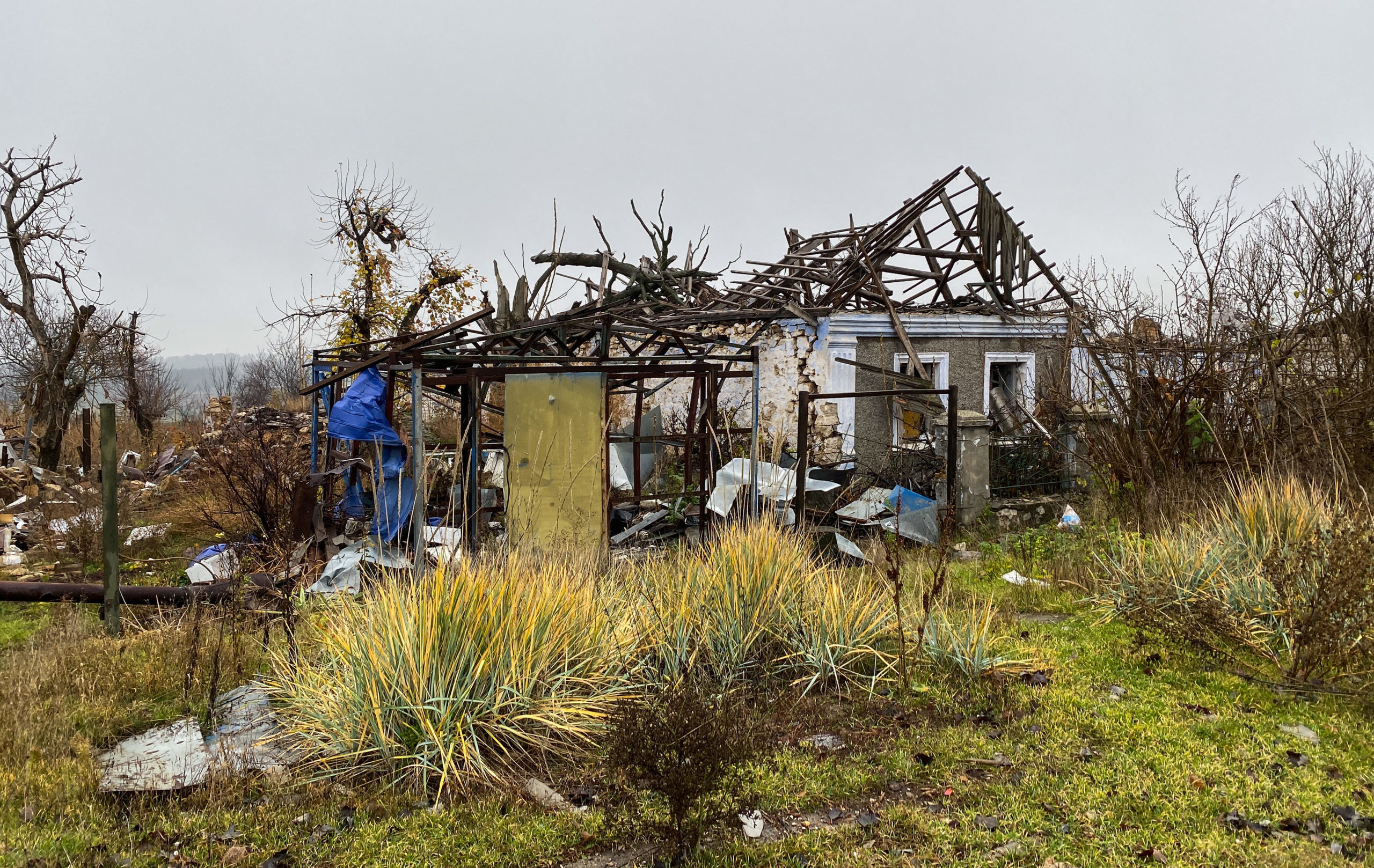Matthew P. Funaiole, Brian Hart, Joseph S. Bermudez Jr., and Jennifer Jun
China’s recent willingness to tamp down tensions with India at their disputed Himalayan border belies Beijing’s broader strategic ambitions in the region. In September 2022, the two regional powers mutually began to move their troops back from key positions along the hotly contested Line of Actual Control (LAC) near the Gogra Hot Springs. Yet neither side is engaging in a broader pullback. In fact, satellite imagery reveals that China is investing in a significant, long-term military presence near Pangong Tso, a remote lake that straddles the LAC just 50 kilometers south of the Gogra Hot Springs.









